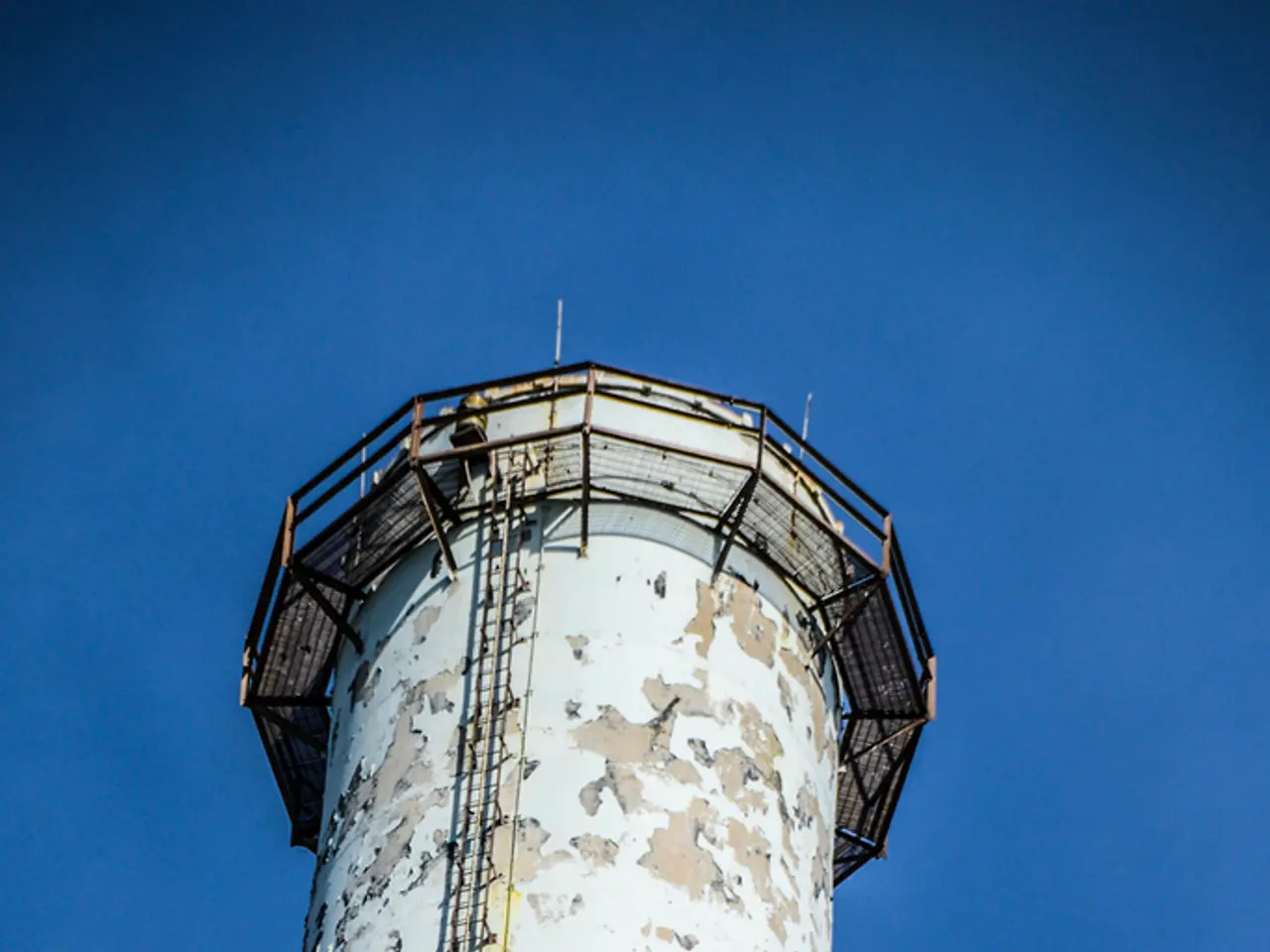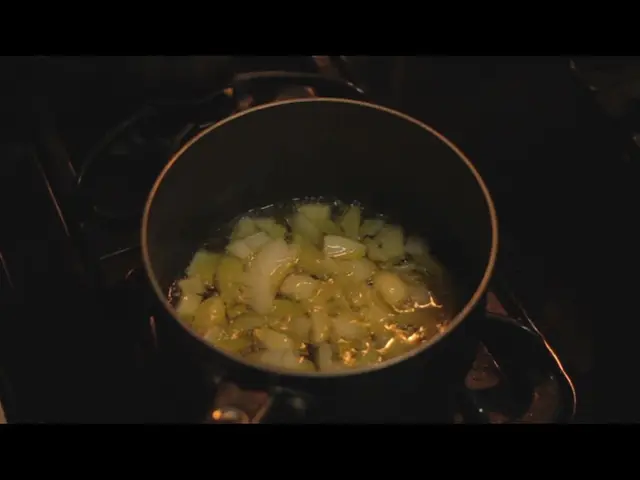EU Proposes Tough New Steel Import Rules to Curb Global Overcapacity
The New York Times reports that the European Union has proposed new steel import rules to safeguard its industry from global overcapacity. The EU plans to impose a 50% tariff on steel imports exceeding a new quota, up from the current 25%. The measures aim to replace existing protective ones due to expire in June 2026 and are designed to comply with World Trade Organization (WTO) rules.
The EU aims to limit global steel overcapacity, estimated at 620 million metric tons, by reducing its duty-free import quota to 18.3 million metric tons per year, a 47% decrease from the current quota. The new rules, if approved by the Council of the EU and the European Parliament, will come into effect by summer 2026.
The EU is open to negotiations with like-minded economic partners regarding the new steel import rules. The European Commission plans to offer country-specific quotas for steel imports to affected EU trade partners, including major steel exporters like Turkey and India, under WTO-compliant measures. However, the EU's new rules will apply globally, with no country-specific quotas planned, except for European Economic Area (EEA) countries and Ukraine in exceptional circumstances. Swiss steel producers, currently benefiting from EU quotas, may not continue to do so under the new rules. The Swiss steel industry associations expect the EU to grant Switzerland appropriate country-specific quotas to mitigate the impact of the new rules.
The EU's new steel import rules, if approved, will significantly impact global steel news. The EU aims to protect its industry from global overcapacity while remaining compliant with WTO rules. Negotiations with affected countries are expected to shape the final outcome of the new measures.
Read also:
- U.S. CBP's Operation Plaza Spike Boosts Fentanyl Seizures Along Arizona-Mexico Border
- Tesla's EV Market Share Plummets in Europe, US Competition Intensifies
- Catastrophe at a U.S. Steel facility in Pennsylvania results in the loss of two lives. crucial details unveiled
- Dike Association Hodenhagen Struggles Amid High Water Events, Excluded from Crisis Talks




